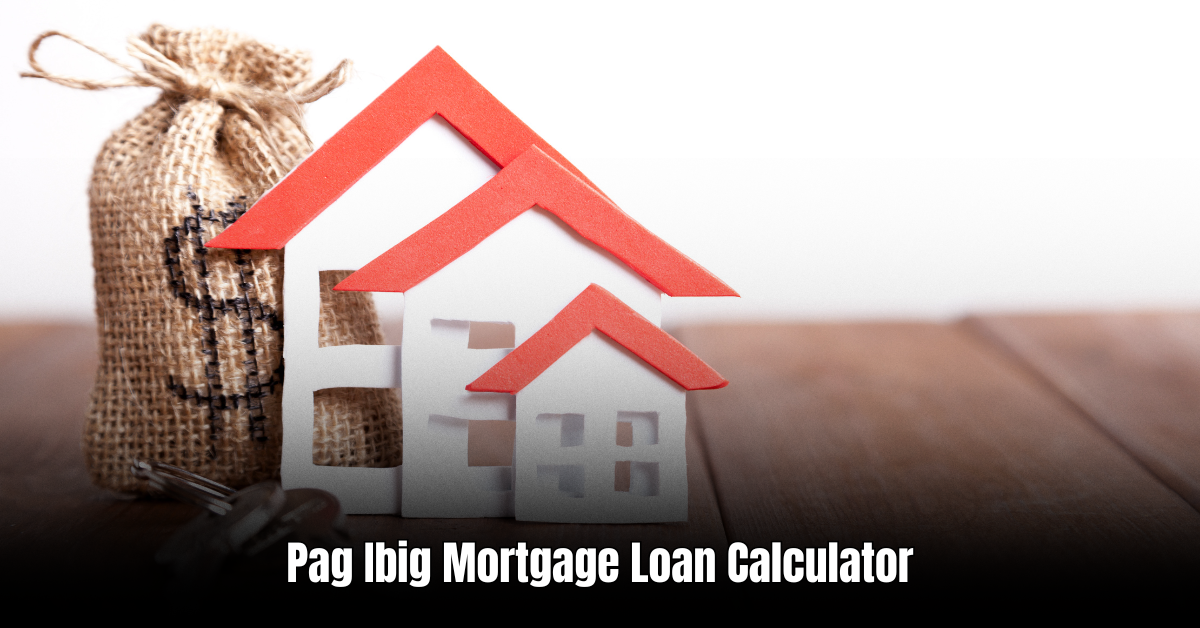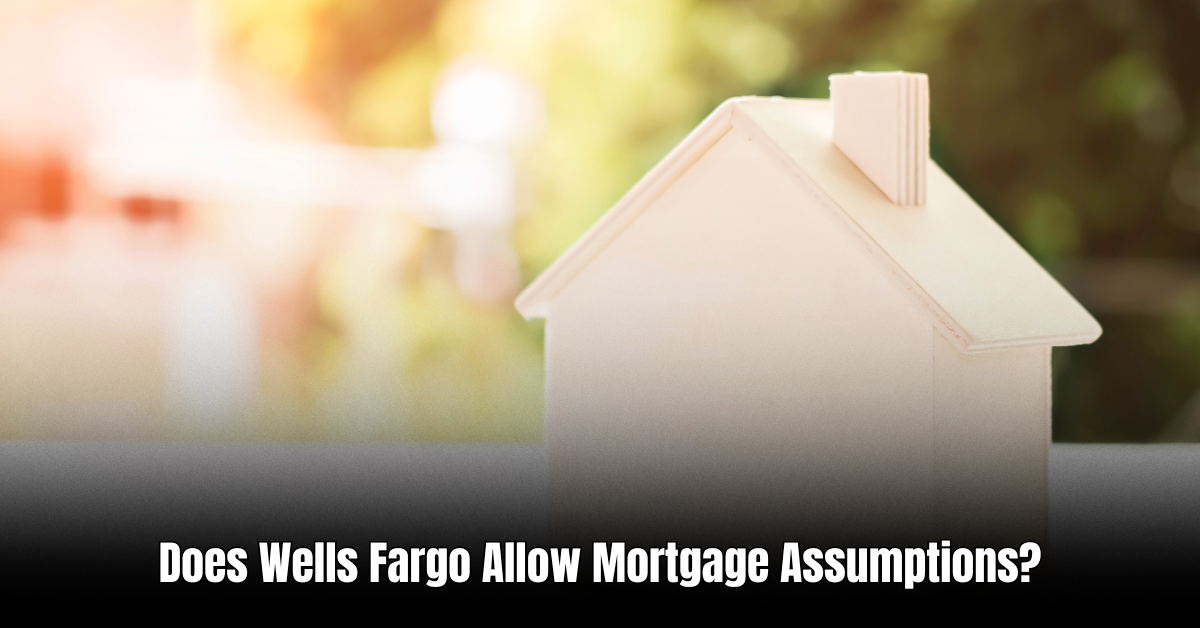If you are a fan of the classic board game Monopoly, you know that amassing property is a key aspect of the game. However, there may come a time when you need some quick cash, and mortgaging your property becomes a viable option. But how exactly do you mortgage a property in Monopoly?
Understanding Mortgaging in Monopoly
Essentially, when you mortgage a property in Monopoly, you are essentially taking out a loan using your property as collateral. You receive cash from the bank, and a mortgage value is placed on the property card, signifying that it has been mortgaged. Mortgaging a property can be a strategic move to raise funds to invest in other properties or pay off debts.
Step-by-Step Guide to Mortgaging
If you find yourself in need of some liquidity during the game, here’s a step-by-step guide on how to mortgage a property in Monopoly:
- Assess Your Financial Needs: Determine how much money you need and which properties you can afford to mortgage. Be mindful of which properties will yield the most value when mortgaged.
- Consult the Property Deed: Once you’ve decided which property to mortgage, refer to the property deed card to find the mortgage value. This is the amount of cash you will receive from the bank when you mortgage the property.
- Inform the Bank: Let the banker know which property you intend to mortgage and how much cash you are expecting in return. Hand over the property card to the banker as collateral for the loan.
- Receive Cash: Upon mortgaging your property, the banker will give you the agreed-upon amount of cash. Be sure to keep track of your mortgages and the cash you receive, as you will need to repay the mortgage in the future.
- Adjust Property Card: Once a property is mortgaged, flip the property card over to reveal the mortgage value. This serves as a reminder that the property has been mortgaged and cannot collect rent until the mortgage is lifted.
Repaying the Mortgage
Mortgaging a property may provide temporary relief, but it’s important to remember that the mortgage is not permanent. To ensure the property can regain its income-generating potential, you must repay the mortgage to lift the lien on the property. Here’s how you can do that:
- Visit the Bank: Once you have sufficient funds to repay the mortgage, visit the bank and inform the banker of your intention to repay the mortgage on a specific property.
- Return Cash: Hand over the amount of cash needed to repay the mortgage. The banker will return the property card to you, and you are now free to collect rent on that property once again.
- Update the Property Card: After repaying the mortgage, flip the property card back to its original side. The mortgage value is no longer applicable, and the property can resume its role in generating income.
Strategic Considerations
When deciding whether to mortgage a property, it’s important to weigh the benefits and drawbacks. While mortgaging can provide immediate cash, it also means forfeiting potential income from that property until the mortgage is lifted. Consider these strategic considerations:
- Assess the Property: Some properties may be more valuable when mortgaged, especially if the mortgage value is a significant portion of the property’s purchase price. This can be a quick way to raise funds in a pinch.
- Impact on Monopoly Color Sets: Mortgaging a property may disrupt the potential for building a full color set, impacting your ability to collect higher rents and develop houses or hotels in the future.
- Timing is Key: Sometimes, mortgaging a property at the right time can be a game-changing move. Whether it’s to thwart an opponent’s imminent plan or to secure a prime property, timing your mortgages strategically can influence the game’s outcome.
Frequently Asked Questions Of How Do You Mortgage A Property In Monopoly? Unlocking Financial Strategies For Strategic Monopoly Gamers!
How Do You Mortgage A Property In Monopoly?
To mortgage a property in Monopoly, you need to land on the property, choose not to buy it, and then announce that you are mortgaging it to the bank. The mortgage value is located on the property card.
Can You Mortgage A Property At Any Time In Monopoly?
Yes, in Monopoly, you can mortgage a property at any time during your turn, even if other players have landed on it or if it is part of a monopoly set.
What Are The Benefits Of Mortgaging A Property In Monopoly?
Mortgaging a property can give you quick access to cash when you need it, especially if you’re short on funds or need to pay off other players. It can help you avoid bankruptcy in the game.
How Does Mortgaging A Property Affect Its Value In Monopoly?
When a property is mortgaged, it loses its rental value. However, the mortgaged property can still be traded, and the owner can choose to lift the mortgage by paying the mortgage value plus 10% interest to the bank.
Conclusion
While mortgaging a property in Monopoly may seem like a simple transaction, it can have significant implications on your game strategy. By understanding the process and considering the strategic implications, you can make informed decisions about when and which properties to mortgage, ultimately influencing your path to victory in this beloved board game.
Ismail Hossain is the founder of Law Advised. He is an Divorce, Separation, marriage lawyer. Follow him.




Leave a Reply